Find Villa By Name
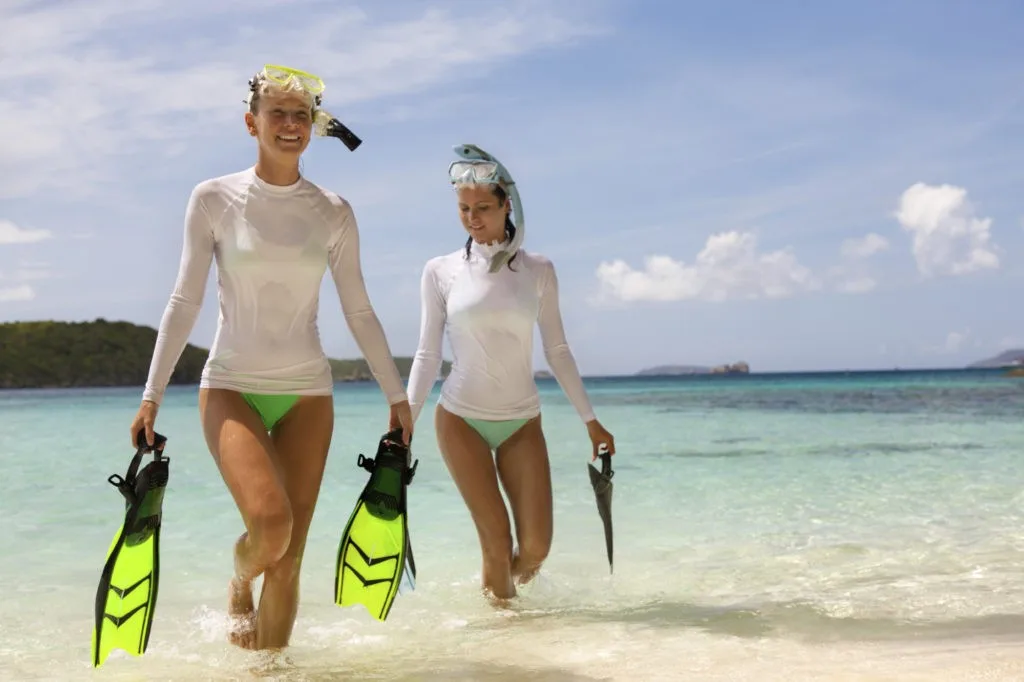
When you combine the physical health benefits of taking a vacation with the emotional benefits of spending time with nature, you’re probably aching for eco-vacations that enjoy the theme of adventure by day and comfort by night. Taking an eco-vacation means you’ll be spending time in nature, spending money with local businesses, and dining on locally-sourced foods.
Turks and Caicos, St. Barths, the Cayman Islands, along with Anguilla, and St. John are some of the best locations to plan eco-vacations in the Caribbean.
More than a third of Turks and Caicos are preserved, including the largest biodiversity wetland reserve you’ll find in the world. Plan eco-vacations that include a visit to the unspoiled island of Pine Cay. Water sports in Grace Bay are notoriously lively, and if you’re staying nearby, you can add snorkeling, kayaking, and diving to your itinerary.
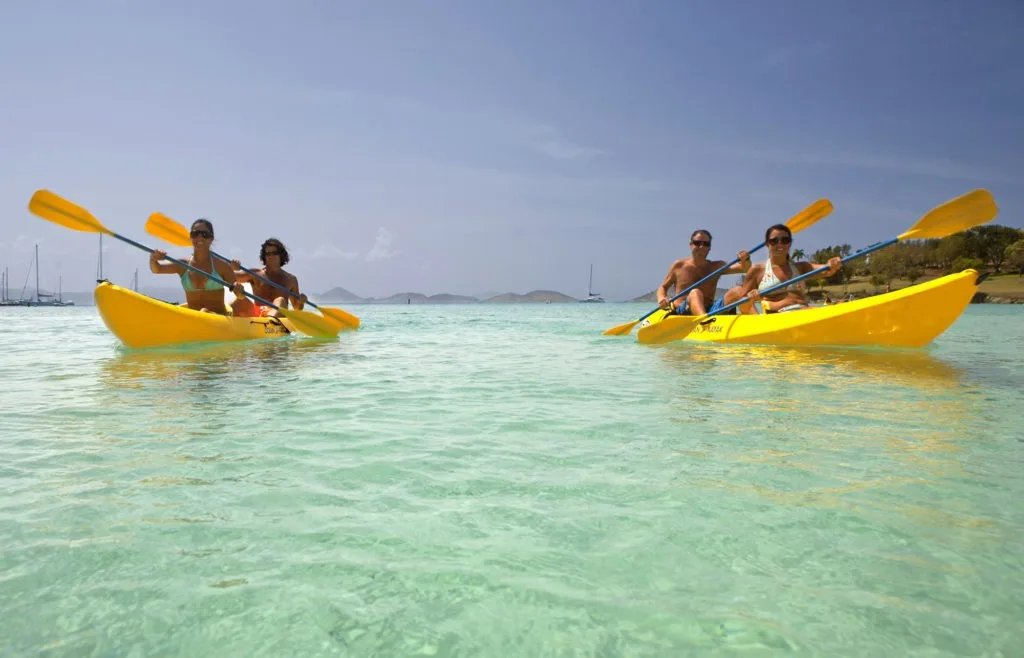
St. Barths is considered as one of the most enlightened Caribbean islands when it comes to being eco-friendly and welcoming eco-vacations. Because bringing goods to and from the island isn’t exactly eco-friendly, the islanders have been recycling grocery bags longer than your local Whole Foods, and because there is no fresh water on the isle, they even collect rain water in cisterns. The food you eat will almost always be local and sustainable because that is the only way most chefs know how to cook, due to the high cost of importing ingredients. To embed nature into your eco-vacation, lay among the olive shells on Shell Beach, surf at Anse des Cayes, or explore Colombier Beach by hiking a scenic path lined with Lantier palms near Flamands Beach. You can also go catamaran sailing, and enjoy a mix of sunbathing, sailing, and snorkeling.
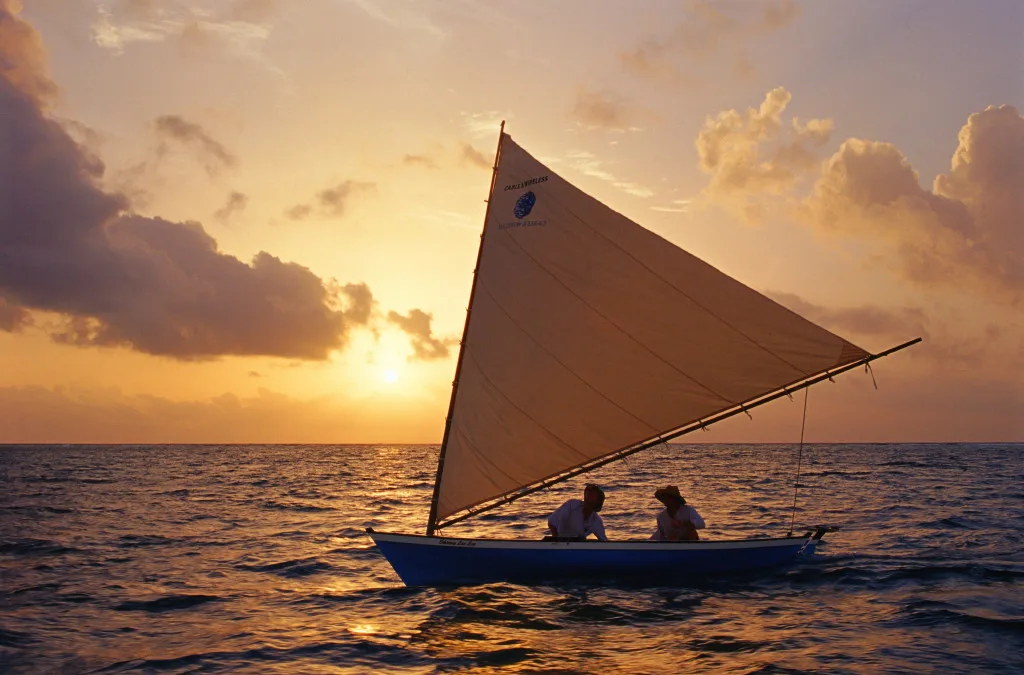
When in the Cayman Islands, you have the most crystal clear waters in all the Caribbean, which lend particularly well to eco-vacations involving snorkeling. You can take a charter to visit Stingray City about 20 minutes from shore and swim with the stingrays. There’s also an award-winning 6-hour boat tour called the “Six Senses Eco Tour.” It includes a visit to the stingrays, snorkeling, and an eco-tour of Grand Cayman. You’ll also love sunbathing on a private beach, and a stop at Starfish Point. As the sun sets, you’ll cruise by sleeping Iguanas before you get back to port. You could do all of the above on your own, but it’s more eco-friendly to boatpool as a tour.
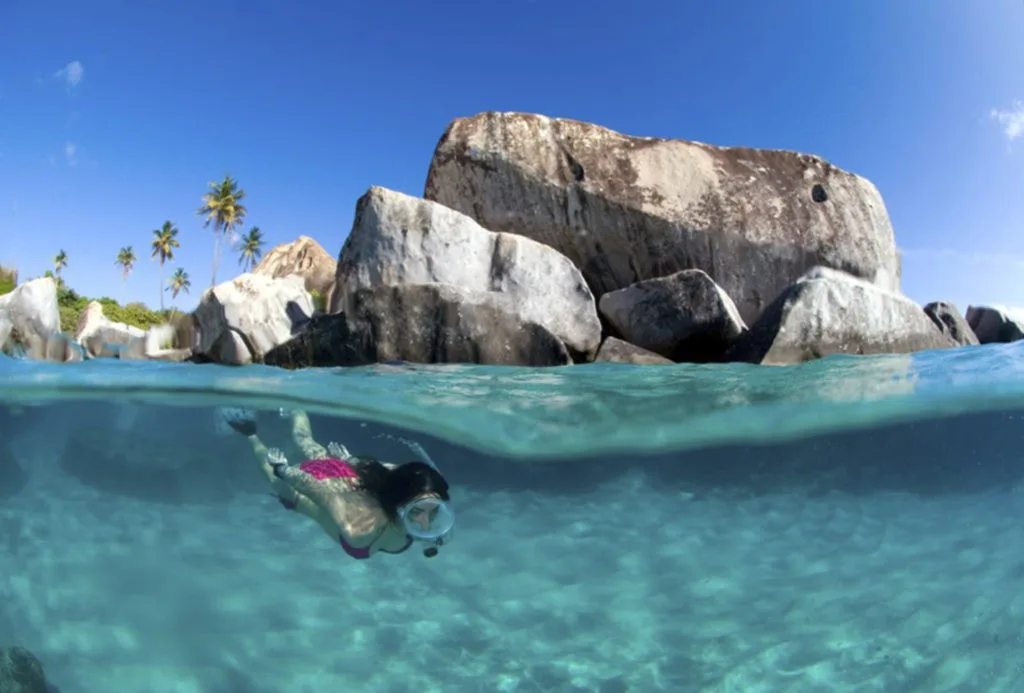
Anguilla isn’t known (yet) for eco-tourism, but we’ve never met a resort more eco-friendly than the CuisinArt Resort and Spa on the island, which has a hydroponic farm used to grow 90% of the vegetables, greens, and herbs served inside. The water from these gardens is recycled for irrigation in outdoor landscapes. The resort invites guests to help with harvesting the produce and to attend cooking classes using the fruits and vegetables they pick. Eco-awareness is becoming abundant on the island, as even the chefs all around the island have stopped importing fish and have begun to embrace recipes with local catches instead, like grouper, mahi-mahi, and red snapper.
You can walk outside the resort, too. Eco-vacations on Anguilla can include exploring the bat/iguana caves near Katouche Bay, bird watching on Dog Island, or snorkeling in the reefs of Shoal Bay East. If someone comes up to you and offers to take you out into the deeper reefs, take them up on it. Ask about the underwater snorkeling trail while you’re out there. You can also go diving to any of the eight significant shipwrecks, including The Sarah near Sandy Ground, Anguilla’s largest shipwreck, thanks to Hurricane Klaus.
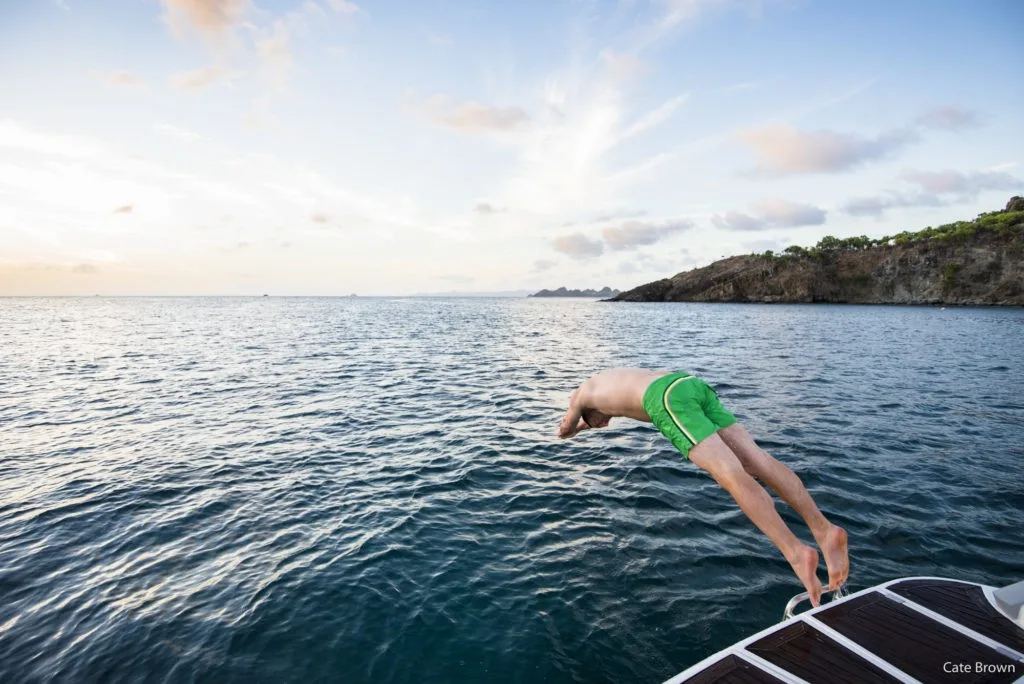
St. John is only nine by five miles around, and 60% of it is preserved in the Virgin Islands National Park. Coral Bay itself is one of the most eco-friendly and highly protected harbors in the Caribbean. On St. John, you can seek a local tour guide for a safari or explore on your own. There are historic ruins and hiking trails by land, as well as windsurfing, kayaking, and every other water sport you can think of by sea. Hiking the ruins is particularly high on the list of must-do’s in St. John. Visit the Catherineberg Ruins, Annaberg Plantation, and Cinnamon Bay Plantation. There are no street signs in St. John, so you’ll make lots of friends with strangers on this eco-vacation. If you want to picnic on any of the beaches (remember: bring out what you bring in), you can stop at the Dolphin Gourmet Market and pick up a cooler, fresh fruits, and drinks.
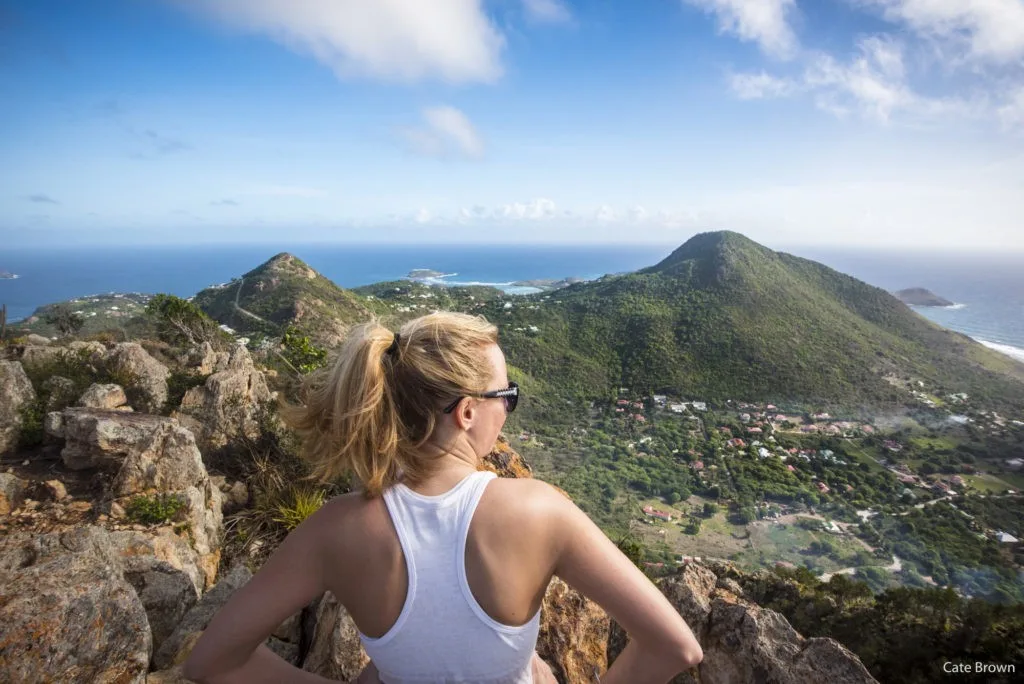
Take a 1.5-hour canopy tour on the hills of Johnson’s Ghut in Tortola.
Go zip lining through the rainforest and over waterfalls and rivers during the 1,600-feet zip lining adventure called Big Timba in Jamaica.
Try the hidden paradise of Loterie Farm, an all-age jungle obstacle course on the French side of Saint Martin.
In March, take a specialty whale watch between the coast of Turks and Caicos and the Dominican Republic to swim with the whales during their mating season. (Get in touch with Oasis Divers Grand Turk or Aggressor Fleet for details.)
Hike the hand-built trail of Mt. Scenery, a dormant volcano on the island of Saba.
Snorkel through The Baths along the coast of Virgin Gorda, a playground of ancient boulders, caves, and pools.
Relax in Champagne Hot Springs, coral reef and underwater hydrothermal vent on Dominica, a tiny new island still being formed by active volcanos.
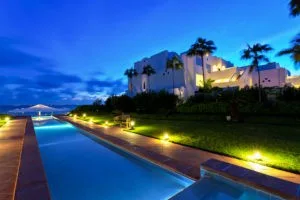
The Villa Olive in St. Barths is built into volcanic rock and uses natural materials to create teak walkways, sculptural walls, desert gardens, and grand pavilions. Don’t forget about the CuisinArt Resort and Spa in Anguilla.